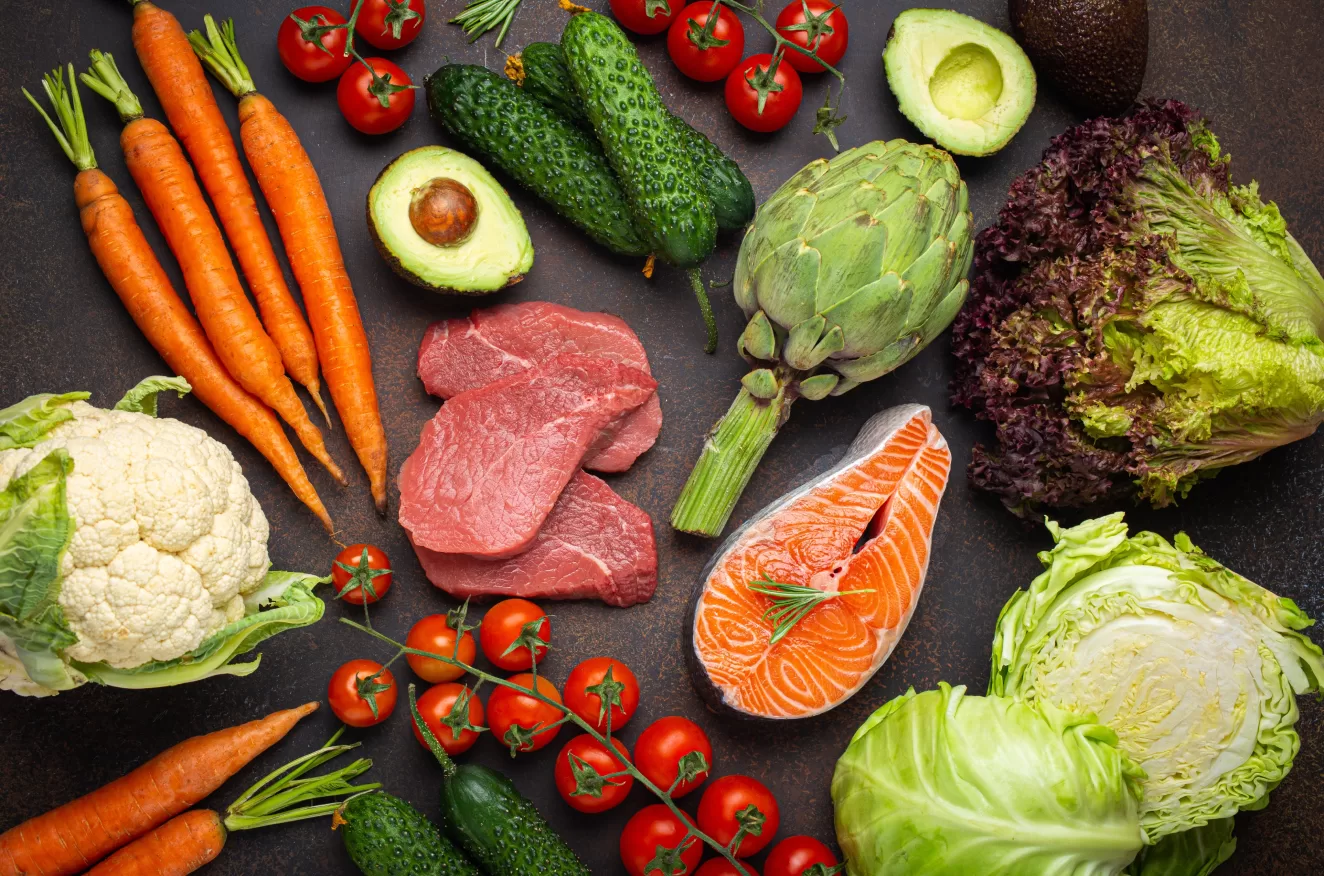- CSID Cares
- Treatment
- Food Composition Database
Food composition databases can be useful resources for individuals with Congenital Sucrase-Isomaltase Deficiency (CSID). Many registered dietitians use food composition databases to assess an individual’s nutritional status and develop an appropriate diet. Food composition databases or food composition tables are resources that provide detailed food composition data on the nutritionally important components of foods. For example, food composition databases provide values for the inherent energy (calories) of nutrients, including carbohydrates, proteins, fats, fiber, vitamins, and minerals.
The composition of food can vary widely, depending on the variety of plant and animal sources, on growing and feeding conditions, and, for some foods, on freshness. Tables are based on average values from several samples analyzed in a laboratory. However, some variables cannot be fully accounted for in a food composition table. For example, starch digestion is affected by whether or not the starch is cooked, how it is cooked, the structure of the starch granules, and each individual’s metabolism.
The United States Department of Agriculture (USDA) issues the standard food composition database, known as FoodData Central (https://fdc.nal.usda.gov/). Although this database can be a starting point for registered dietitians when developing a diet, the FoodData Central does not always list the subtypes of sugar for a particular food item (for example, fructose, lactose, maltose, or sucrose). The FoodData Central also does not list the grams of starch in a food item. Knowing the type of sugar and starch content in a food item is key for an individual with CSID.
For that reason, a number of databases (links below) have been developed for those with CSID. The information is drawn from the 2017 Nutrition Coordinating Center (NCC) Food and Nutrient Database, developed and maintained by the NCC at the University of Minnesota Division of Epidemiology and Community Health in Minneapolis. In this database, the subtypes of sugar (glucose, fructose, lactose, galactose, maltose, or sucrose) and total starch grams in food items are included.
All diets, including those developed using a food composition database, should be discussed with a qualified medical professional, such as a registered dietitian. You can look for a compatible dietitian by visiting https://www.eatright.org/find-a-nutrition-expert, the website for the Academy of Nutrition and Dietetics. If you cannot find a registered dietitian in your area willing to work with your unique situation, please contact [email protected] to speak with a CSID support specialist who might be able to assist you.

